Heads up! I’m NOT a doctor or nutritionist. I’m not giving you any medical advice or dietary recommendations here. Check with your doctor before you make any changes to your lifestyle, diet, or supplement regimen.
Welcome back! You’re on part 2 of the series on how to grow your hair back after losing it from iron overload. If your hair is falling out because of hemochromatosis, stay calm – there are simple and effective ways to get it back.
If you haven’t already read part 1, go get caught up on why too much iron causes hair loss.
In this post I’ll discuss the hair growth cycle and the four different approaches to making your hair thicker.
TACKLING THE TASK OF REGROWING HAIR
While some causes of hair loss are inevitable – like genetics and aging – hair that’s fallen out as a consequence of iron overload doesn’t have to be permanent! Now that you’re getting your iron levels under control, your organs, hormones, and body functions are recovering – and you can grow your hair back.
There are four main approaches to cultivating a big head of hair.
If you’ve lost your hair, you’ll want to hit on all 4 of these approaches to see the best effects.
- Restore your hair cycle
- Speed up your hair growth
- Repair your hair follicles
- Strengthen your hair strands
1. RESTORE YOUR HAIR CYCLE
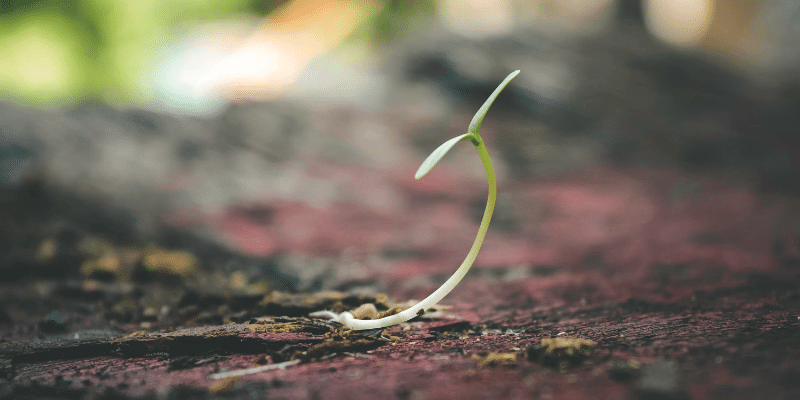
Hair grows in a cycle that has 4 phases. In a person with a healthy head of hair, these phases look like this:
GROWING PHASE
- hair actively grows
- lasts several years (3-5 years on average)
- also known as the anagen phase
TRANSITION PHASE
- hair stops growing and the hair follicle shrinks
- lasts about 10 days
- also known as the catagen phase
RESTING PHASE
- hair rests on your head while a new hair begins to grow underneath it
- lasts about 3 months
- also known as the telogen phase
OUT WITH THE OLD, IN WITH THE NEW HAIR PHASE
- the old hair sheds, and the new hair grows in its place
- it’s normal to shed 50-150 hairs every day
- also known as the exogen phase
One reason why you may be losing hair is because your hair cycle has been altered, and your hair follicles don’t stay in the growing phase long enough. They move to the resting phase too quickly where they fall out after a couple of months.
Some of the most common reasons for this type of short-circuited hair cycle are stress or a change in your hormones, both of which can be caused by hemochromatosis.
What’s pretty impressive is that you can actually restore your hair growth cycle, and there are tons of hair therapies that specifically focus on extending the growing phase of hair.
The infamous Rogaine (also called Minoxidil) is the most well-known example of this type of treatment. But if you’re a little freaked out by rubbing this chemical into your scalp daily, studies show there are plenty of other products without the side effects of a drug like Minoxidil (some of the side effects include itching and burning, growing hair with the wrong color or texture and finding hair in places you don’t want it … eek!)
A shockingly effective remedy is – you’re going to be surprised – rosemary oil.
Here’s the proof: in a study comparing one group of people treated with rosemary oil and another group treated with Minoxidil, rosemary essential oil was EQUALLY as effective as Minoxidil.
Yes, you heard me right! Rosemary oil grows hair on par with Rogaine. The rosemary group in the study also got an added benefit – they experienced less scalp itching than the Minoxidil group.
I’ll explain more ways to restore your hair cycle through the use of nutrition and hair treatments in part 3 and part 4.
2. SPEED UP YOUR HAIR GROWTH

During the hair growing phase (scientifically referred to as the “anagen phase”), your hair might grow quickly or it might grow slowly. The average growth rate according to the American Academy of Dermatology is 1/2 inch per month (totaling 6 inches in a year), but each person’s hair is different.
Hair growth rate is influenced by some telling features of your life, including:
- genes
- age
- diet
- stress
- hormones
- scalp health
- medications
- health conditions
- hair styling practices
Lucky for us all, there are ways to stimulate hair growth so you squeeze some more inches out of your hair’s anagen phase.
For example, caffeine has been established as a safe and effective method to not only keep hair in the anagen phase for a longer period of time, but to promote faster growth while it’s there as well. In one study, caffeine boosted keratin production (keratin is the protein that your hair is made of) and “enhanced hair shaft elongation.”
Caffeine is one method, but there are several more. I’ll expound on the different approaches to speed up hair growth using both your diet and hair therapies in part 3 and part 4.
3. REPAIR YOUR HAIR FOLLICLES
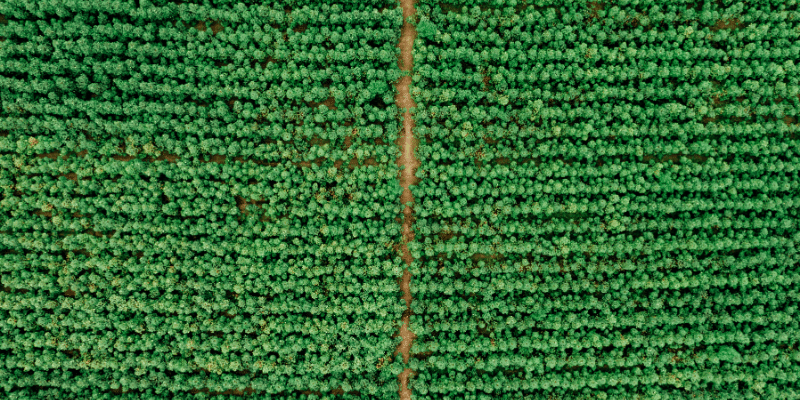
How many strands of hair are currently coming out of your scalp? Most people have 80,000-120,000. Each strand of hair resides in a hair follicle – a “pore” for each hair. You need lots follicles to produce a thick head of hair that doesn’t look patchy or balding.
Here’s the problem: your hair follicles can shrink, causing your hair to grow thinner and weaker until eventually it stops coming back at all. Reasons hair follicles shrink include poor oxygen supply to the scalp, a dysfunctional endocrine system, and hormonal imbalances*.
For women, a good way to assess the health of your hair follicles is to examine your hair part – usually the hair near your part on the top of your head is the first place follicles diminish. Notice if it’s easy or not to see your scalp.
For men, you’ll want to look at your hairline on your forehead since guys’ hairlines tend to recede in the shape of the letter ‘M’, as well as the back of your head where bald spots commonly occur.
If your hair seems more scraggly in these areas or you see too much space between individual hairs, then you don’t have enough working follicles and your “hair density” is low in these places. You’ll need to focus on repairing your shriveled-up follicles.
Luckily, this is possible using the right hair therapies.
One such therapy is supplementing your diet with vitamin D, as vitamin D deficiency is more common than you think, and not having enough of this “sunshine vitamin” is directly linked to hair loss. Research shows that vitamin D is instrumental in not only formulating new hair follicles, but preserving old ones.
There are other nutrients and topical hair products you can use to repair your hair follicles – I’ll talk about these in part 3 and part 4.
*One hormone in particular – DHT – is a factor in shrinking follicles. If you want to go down the DHT internet rabbit hole, start here.
4. STRENGTHEN YOUR HAIR STRANDS
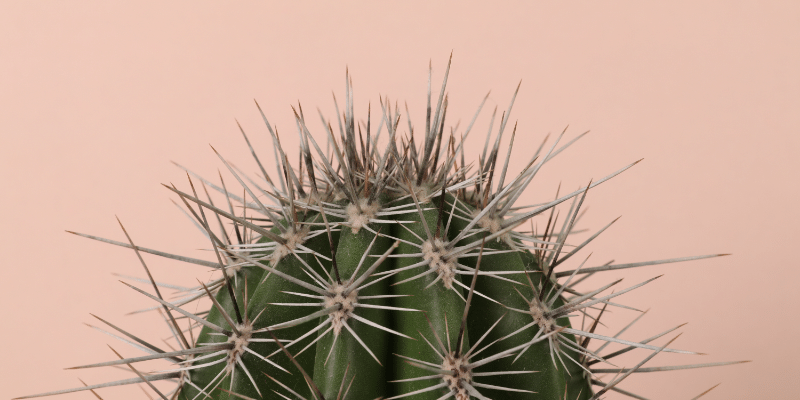
Some of us are born with “fine” hair – meaning we have hair strands that are naturally narrow in diameter. Some of us are born with “coarse” hair – hair that is naturally wider in diameter. And some of us are in the middle with “medium” hair.
In an interview with Byrdie, Eric Spengler (previous SVP at hair company Living Proof) gives us a tip for discerning the difference between fine, medium, and course.
He says to think of a sheet of copy paper. A single strand of fine hair is about half the thickness of that piece of paper, while a strand of coarse hair will be the equivalent of two pieces of paper put together, and medium hair falls in between.
So what’s YOUR hair? Fine, medium, or coarse?
Stylist George Papanikolas says a good test for this is to pluck a strand of your hair and rub it between your fingers and thumb – if you can’t feel it at all then you’ve got fine hair. If you can feel it, then it’s medium, and if it feels quite noticeable like a piece of thread in your fingers, then it’s coarse.
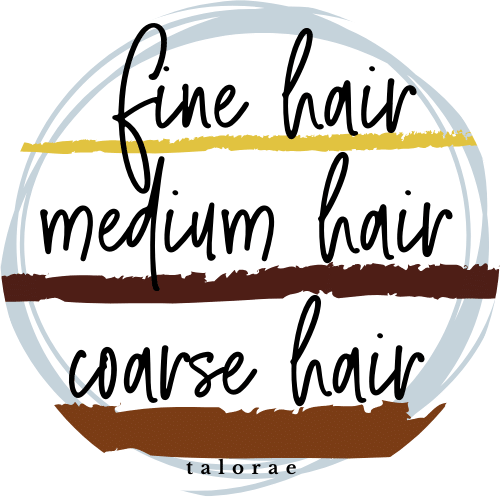
You can’t change the inherent width of your hair strands – that’s determined by your genes. But if your hair no longer retains this natural width…well that CAN be fixed.
Why would your hair strands slim down?
As we learned above in #3, when hair follicles are damaged for any reason (like poor nutrition or whacked out hormones) they shrink in size. Out of these unhealthy hair follicles sprouts hair that is more fine and brittle, making it easily broken and prone to split ends.
Another reason your hair may be weak is because of chemicals in your shampoos and hair products that strip your hair of its natural oils and nutrients.
These hairs won’t grow as long as you want because they’re too damaged to make it very far without breaking off. If your hair has a split end, it will continue to split – moving up the hair shaft – resulting in what seems like little to no growth.
How can you remedy this? There are about a zillion products out there that claim to fortify and repair hair – but one of the most effective treatments is simply coconut oil, which has a unique ability to penetrate hair, and compared to other oils, coconut oil is the most effective in reducing protein loss from damaged hair.
I’ll dive into more of coconut oil’s benefits and the best way to use it (hint..don’t just rub plain coconut oil on your hair) in part 4.
WHAT’S NEXT?

Go examine your hair and scalp in the mirror – and ask yourself what’s happening? Is your hair breaking a lot? Do you you see some patchiness? Maybe you notice hair that’s “stuck” at a certain length and refuses to grow any longer?
Knowing what problems you see with your hair will help you decide what hair therapies, treatments, and supplements needed to make your locks come back in full form.
In part 3, I’ll talk about the right vitamins, minerals, and nutrients that you need to grow hair and that are safe for the hemochromatosis diet. We’ll also discuss which supplements you’ll want to avoid!
And lastly, part 4 will be all about topical treatments – like shampoos, serums, and hair oils.
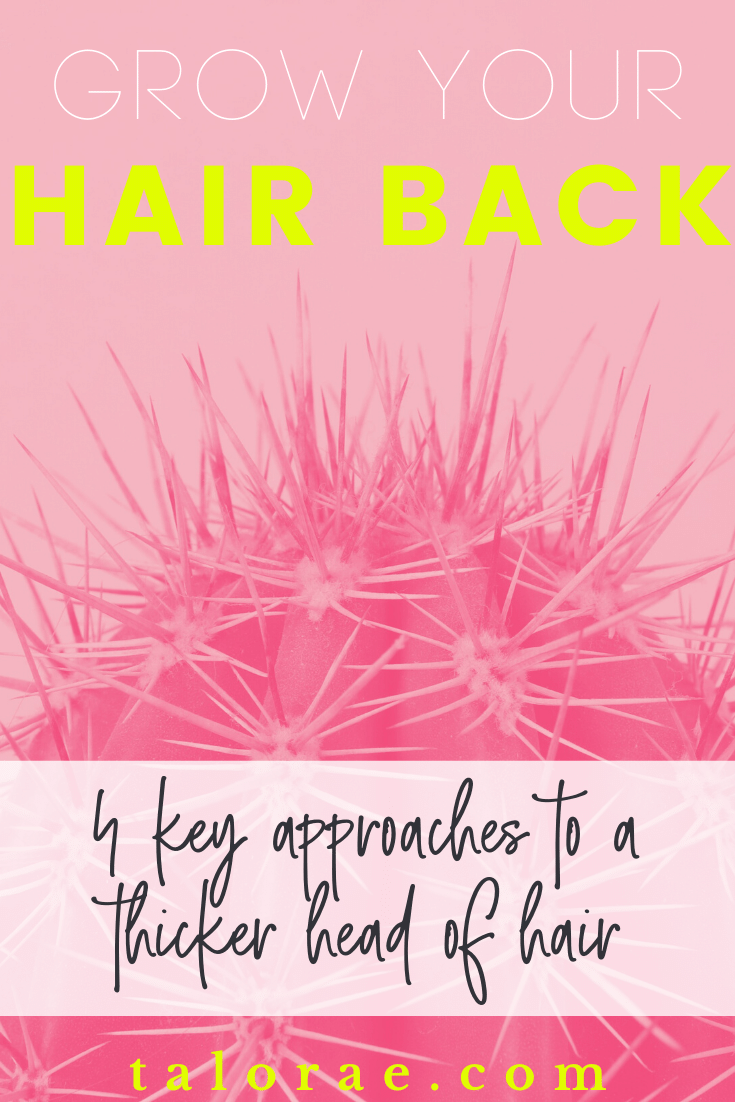
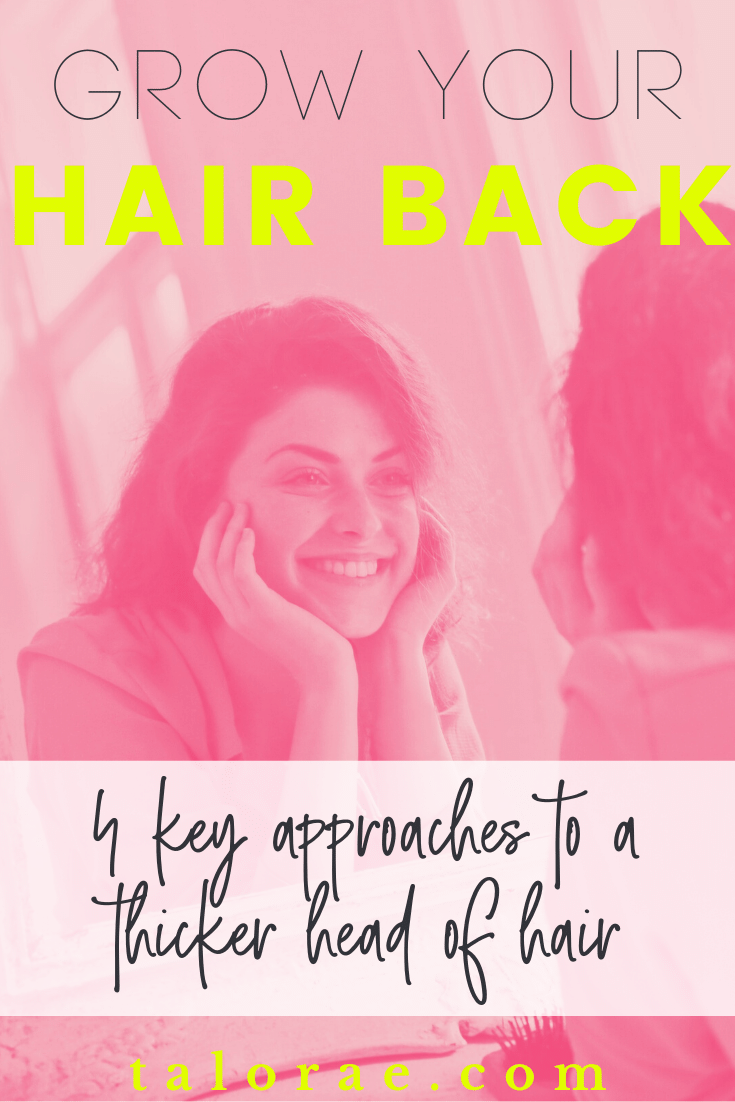
The views expressed in this post are for informational purposes only. This post is not, nor is it intended to be, a substitute for professional, medical, or nutritional advice, diagnosis, or treatment, and should never be relied upon for professional, medical or nutritional advice, diagnosis, or treatment.
No content on talorae.com, including but not limited to pictures, graphics, videos, and text, may be republished or distributed, for financial gain or not, without my written permission.
As an Amazon Associate I earn from qualifying purchases. The above content may contain affiliate links, meaning I do get a commission when you make a purchase through those links. There is no additional cost to you. Please read my disclaimer for more info.
